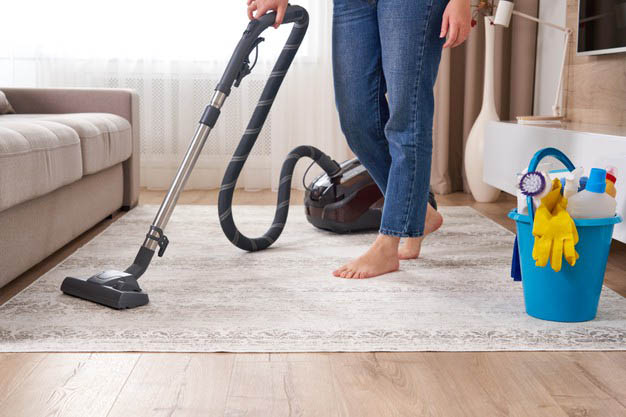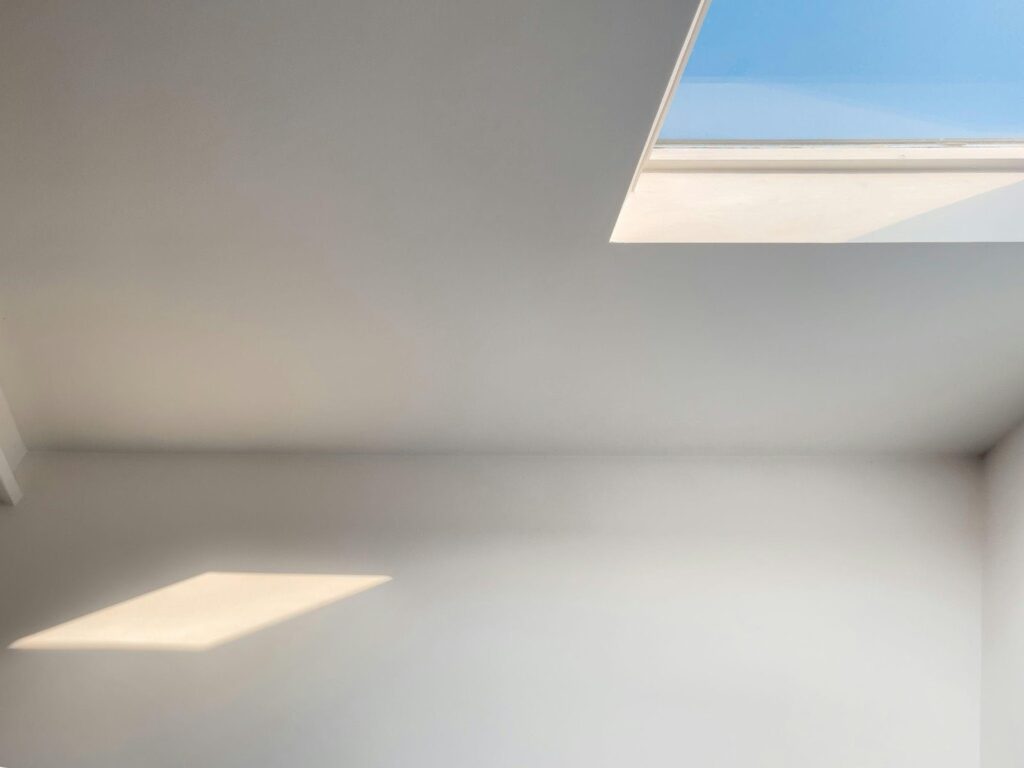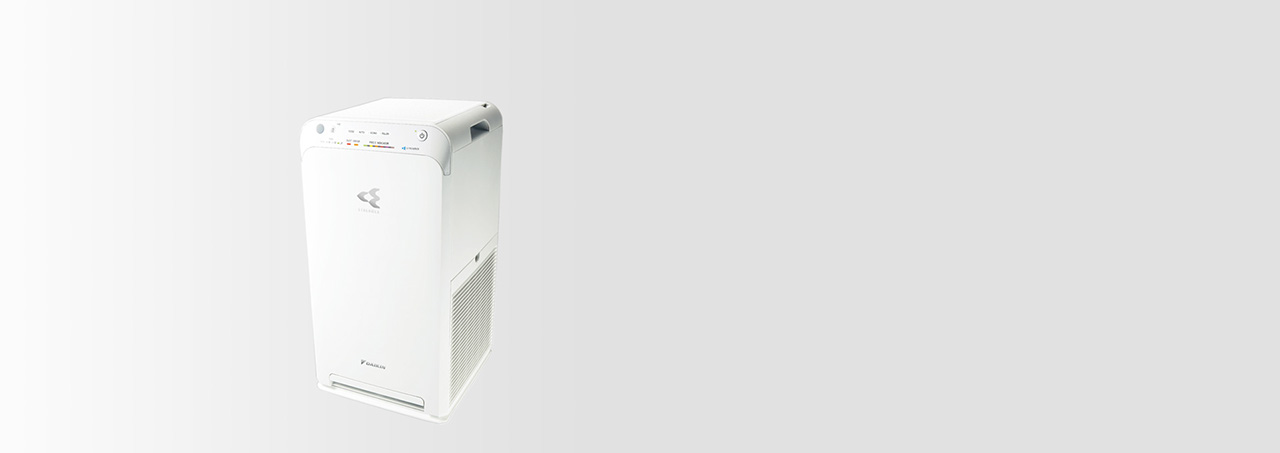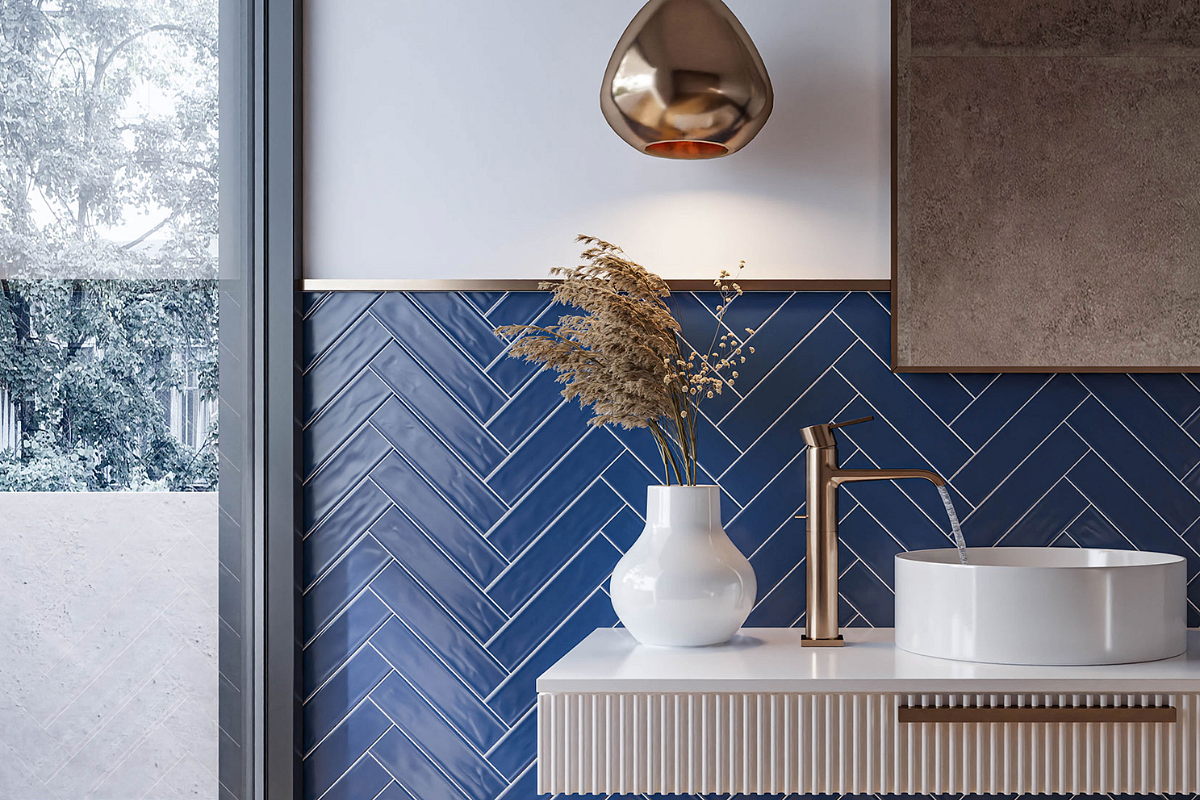To remove brick dust from the carpet, first vacuum the area to loosen particles. Mix dish soap with water and dab the stain gently using a clean cloth. Blot with a water-soaked cloth, then pat dry. Repeat the processes if needed.
Having a clean and dust-free carpet is crucial for maintaining your home’s aesthetics and promoting a healthy living environment.
Carpets work like filters, capturing dust, dirt, and allergens that can harm indoor air quality. However, carpets are prone to various stains, including stubborn brick dust stains.
Brick dust can easily find its way onto carpets, leaving unsightly marks that can be challenging to remove.
With some helpful tips and techniques, you can restore your carpet’s pristine condition and ensure a clean and healthy living space.
Why is it Difficult to Remove Brick Dust from Carpet?
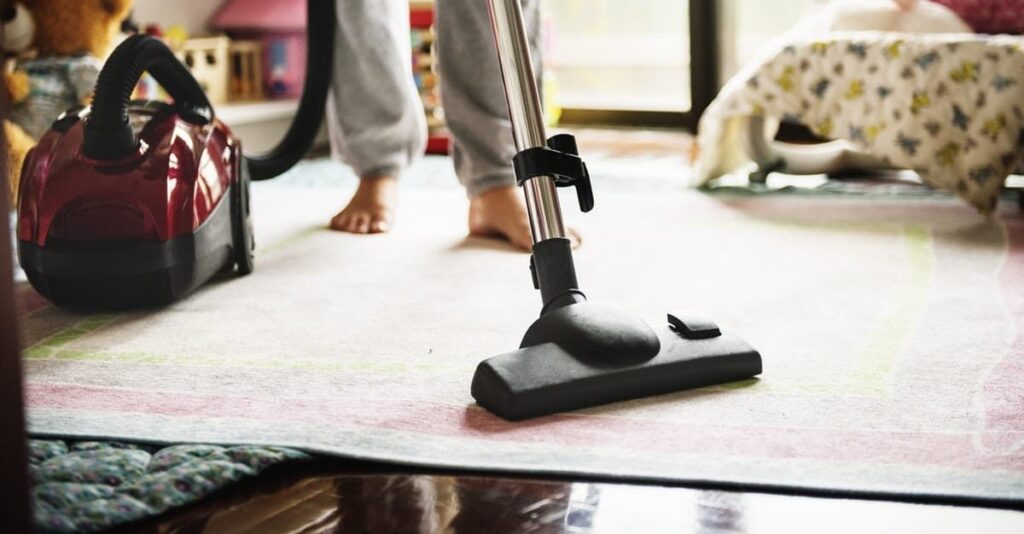
Removing brick dust from carpets poses a significant challenge due to its fine, gritty nature and ability to embed deeply into carpet fibers.
However, removing the brick dust from your carpet is important to restore the carpet’s aesthetic appeal and also prevent potential damage caused by the abrasive particles.
Removing brick dust from carpet can be challenging due to the following reasons:
Particle Size and Texture: Particle size and texture significantly contribute to the difficulty of removing brick dust from carpets.
Research shows that brick dust particles are often micron-sized and possess an angular, abrasive texture. This combination allows them to easily infiltrate the narrow crevices of carpet fibers, embedding themselves deep within.
However, their gritty texture forms an adhesive bond with the fibers, resisting simple suction methods. Moreover, due to their size, they create frictional interactions, further anchoring them to the carpet.
This intricate interaction between particle properties and carpet fibers emphasizes the need for specialized techniques and equipment to dislodge and extract these particles without causing harm to the carpet’s delicate structure.
Embedding: The abrasive brick dust causes it to get pressed into the carpet material. This embedding makes it cling to the fibers tightly, resisting simple removal methods like vacuuming.
Embedding exacerbates the challenge of removing brick dust from carpets compared to surface debris. Here’s the comparison of difficulties between the brick dust and other particles.
- Depth of Penetration: Unlike surface debris that rests on top of carpet fibers, embedded brick dust infiltrates the fiber matrix, settling deeper within.
This penetration creates a stronger bond, resisting removal by standard cleaning methods primarily targeting surface-level particles.
- Limited Accessibility: Surface debris can be easily accessed and lifted using vacuuming or brushing.
In contrast, embedded brick dust is nestled within the twists and turns of the carpet fibers, making it difficult for conventional cleaning tools to reach and dislodge them effectively.
- Suction Ineffectiveness: The adhesive interaction between embedded brick dust and carpet fibers hampers the effectiveness of vacuum suction.
While vacuum cleaners excel at removing surface debris, their ability to pull out particles deeply embedded within the carpet’s texture is limited.
- Abrasive Residue: As people tread on the carpet, the abrasive nature of embedded brick dust can lead to friction-induced damage, exacerbating the particles’ attachment.
This contrasts with surface debris, which is less likely to cause lasting damage through friction alone.
Adhesion to Fibers: The fine particles of brick dust can adhere to the carpet fibers due to static electricity and friction. This adhesion makes lifting the particles off the fibers hard even with regular cleaning methods.
Porous Nature of Carpet: Carpets often have a porous structure that can trap and hold onto particles like brick dust. This porousness allows the dust to settle into the deeper layers of the carpet, making removing it more labor-intensive.
Risk of Staining: Brick dust can contain pigments that might cause staining if not properly removed. The longer it remains on the carpet, the higher the chance of it leaving a noticeable mark.
Time Sensitivity: As brick dust stays on the carpet longer, removing it is more difficult. Timely cleaning is essential to prevent the particles from becoming more firmly attached over time.
Professional Expertise: In severe cases, the expertise of professional carpet cleaners might be required. Their specialized tools and techniques can help lift and extract deeply embedded brick dust effectively.
In summary, brick dust’s small size, gritty texture, and tendency to embed into carpet fibers contribute to its difficulty in removal. It requires thorough cleaning and sometimes professional assistance to eliminate it from carpets.
How to Get Brick Dust Out of Carpet – Step-by-Step Cleaning Methods
Removing brick dust from carpets can be daunting due to its fine particles that can embed deep within the fibers. This challenge arises because brick dust clings and resists traditional cleaning methods.
However, you can effectively tackle this issue with our step-by-step cleaning methods.
Method 1: Vacuuming and Shaking
- Vacuuming Pre-Cleaning:
Begin by using a powerful vacuum cleaner equipped with a brush attachment. Vacuum the affected area thoroughly to remove loose brick dust and dirt from the carpet’s surface.
- Shake the Carpet:
Take the carpet outside if possible. Hang it on a clothesline or over a railing. Use a soft, padded object like a broom or the flat side of a mop to beat the carpet gently. This helps dislodge and release embedded particles.
- Vacuum Again:
Once you’ve shaken the carpet, bring it back indoors and vacuum it again to collect the dislodged brick dust. Be sure to use the brush attachment to agitate the fibers while vacuuming.
- Inspect and Repeat:
Inspect the carpet for any remaining brick dust. Repeat the shaking and vacuuming process until no more dust is visible.
Method 2: Baking Soda and Vacuuming
- Baking Soda Application:
Put a good amount of baking soda over the area that’s affected. Baking soda can help loosen and absorb brick dust particles.
- Wait and Agitate:
Allow the baking soda to remain on the carpet for around 15 to 30 minutes. If your vacuum cleaner has a soft brush attachment, softly brush the carpet fibers to help the baking soda go deeper.
- Vacuum Thoroughly:
Employ the vacuum cleaner with a brush attachment to suck up the baking soda and the brick dust stuck in the carpet.
- Check and Repeat:
Inspect the cleaned area. If brick dust remains, repeat the baking soda and vacuuming process until the area is clean.
Method 3: Liquid Cleaning Solution
- Dilute the Solution:
Prepare a mixture of warm water and a mild liquid carpet cleaning solution according to the manufacturer’s instructions.
- Test in an Inconspicuous Area:
Before using the cleaning solution on the stained area, try it in a hidden carpet corner to ensure it doesn’t harm or change the color.
- Apply the Solution:
Dampen the affected area with the diluted cleaning solution using a clean cloth or sponge. Gently blot the area—avoid rubbing—to prevent spreading the brick dust.
- Blot and Rinse:
Blot the area with a clean, dry cloth to absorb moisture and loosened brick dust. Repeat the process using clean cloths until the area is no longer damp.
- Air Dry:
Allow the carpet to air dry completely. Keep the area well-ventilated during the drying process.
- Vacuum Again:
Once the carpet is dry, use a vacuum cleaner to remove any remaining brick dust particles that were loosened during the cleaning process.
Remember that brick dust can be stubborn, so it might require multiple rounds of cleaning to remove it completely.
If these methods do not yield satisfactory results or are concerned about damaging your carpet, it’s a good idea to consult a professional carpet cleaning service for expert assistance.
How to Use the Stream Cleaner for Cleaning the Bricks from the Carpet?
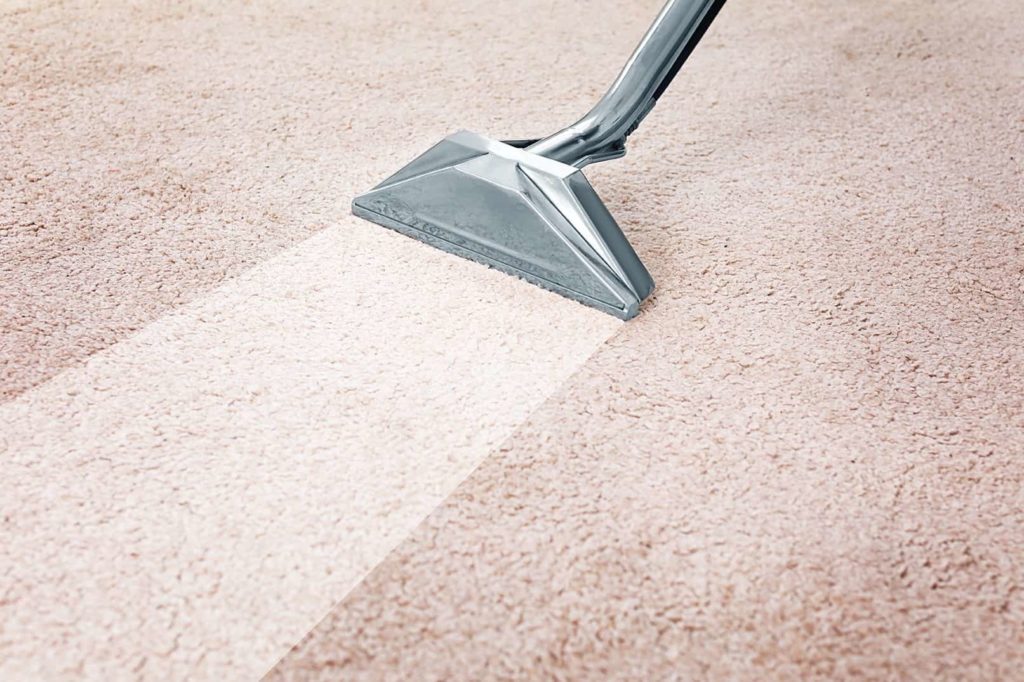
Using a steam cleaner on an affected area, such as a carpet with embedded brick dust, requires careful steps to remove the particles effectively. Here’s a step-by-step guide:
Materials Needed:
- Steam cleaner
- Clean, absorbent cloths or towels
- Vacuum cleaner (optional for pre-cleaning)
- Mild carpet cleaning solution (optional)
- Soft brush attachment for steam cleaner (if available)
Step-by-Step Guide:
Preparation:
If the affected area is heavily soiled, vacuum the carpet to remove loose debris and dirt. This will help the steam cleaner work more effectively.
Read the Manual:
Make yourself familiar with the user manual of your steam cleaner. Different models might have specific instructions and recommendations for usage.
Pre-Test:
Before using the steam cleaner on the entire affected area, perform a small patch test in an inconspicuous carpet area to ensure that the steam and heat do not damage or discolor the fibers.
Prepare the Steam Cleaner:
Fill the steam cleaner’s water reservoir with clean, cold water according to the manufacturer’s instructions. Do not overfill.
Add Cleaning Solution (Optional):
If your steam cleaner allows for the use of cleaning solutions, you can add a mild carpet cleaning solution to the water reservoir. Make sure to follow the manufacturer’s recommendations for dilution.
Attach Accessories:
Attach it to the cleaning wand if your steam cleaner has a soft brush attachment. This attachment can help agitate the carpet fibers and loosen embedded particles.
Begin Steam Cleaning:
Plug in the steam cleaner and let it heat up according to the manufacturer’s instructions. Most steam cleaners will emit steam when they are ready.
Start Cleaning Process:
Hold the steam cleaner wand above the affected area, hovering about an inch above the carpet. Press the steam trigger to release steam onto the area you’re targeting.
Agitate the Area (Optional):
If using a soft brush attachment, gently agitate the carpet fibers with the attachment after applying steam. This can help to dislodge embedded particles.
Steam and Wipe:
Work in small sections. After applying steam and possibly agitating, immediately wipe the area with a clean, absorbent cloth or towel. This will help to lift the loosened dirt and moisture.
Repeat as Needed:
Continue working in small sections, applying steam, agitating, and wiping until you’ve covered the entire affected area.
Drying:
After cleaning, leave the carpet to air dry. Avoid walking on the damp carpet until it is completely dry to prevent new dirt from sticking to the fibers.
Post-Cleaning Inspection:
Once the carpet is dry, inspect the cleaned area to ensure that the brick dust and dirt have been effectively removed. If necessary, you can repeat the process in areas where particles are still visible.
Remember that using a steam cleaner effectively requires careful attention to detail and patience.
If you need clarification on using a steam cleaner on your specific carpet type or if the affected area is particularly challenging, it might be a good idea to consult a professional carpet cleaning service for advice or assistance.
Additional Tips and Tricks for Removing Brick Dust from Carpets
Removing brick dust from carpets can be challenging, but with the right approach and some additional tips and tricks, you can make the process more efficient. Here are some suggestions:
Vacuum First: Before attempting any cleaning methods, thoroughly vacuum the affected area. This will help remove loose dirt and debris, making the subsequent cleaning methods more effective.
Here’s how to vacuum the carpet to remove the brick dust,
- Choose a vacuum with a beater brush.
- Adjust the height of your carpet pile.
- Vacuum slowly in different directions.
- Overlap strokes to cover all areas.
- Regularly empty the vacuum for efficiency.
Use Tape or Lint Roller: To pick up smaller brick dust particles, use wide packing tape or a lint roller.
Press the tape or roller onto the carpet and lift it away, picking up the dust.
Try Baking Soda: Baking soda can help absorb odors and particles. Sprinkle a generous amount of baking soda over the affected area and let it sit for at least 15-20 minutes. Then, vacuum up the baking soda along with the brick dust.
Use a Carpet Brush or Comb: Gently scrubbing the carpet with a soft-bristled brush or a fine-toothed comb can help dislodge stubborn dust particles from the carpet fibers.
Instead of the soft-bristle or fine-toothed comb, you can also use the following brushes and equipment,
- Carpet Brush or Carpet Rake
- Upholstery Brush
- Upholstery Brush
- Rubber Broom or Squeegee
- Lint Roller or Sticky Tape
Steam Cleaning: Having access to a steam cleaner can be effective in deep cleaning carpets. Steam can help loosen dirt and particles embedded in the carpet fibers. Follow the manufacturer’s instructions for proper use.
Besides, we’ve already guided you on steam cleaning your carpet, so follow our guidelines for better cleaning.
Commercial Carpet Cleaner: Look for a carpet cleaner designed for heavy-duty cleaning.
Follow the instructions on the product label and test it on a small portion of the carpet first to ensure it doesn’t cause any damage or discoloration.
Here’s some commercial carpet cleaner that you can use to remove the brick particles from your carpet,
- Bissell Professional Pet Stain and Odor Remover
- Resolve High Traffic Carpet Cleaner Foam
- Hoover PowerDash Pet Compact Carpet Cleaner
- Rug Doctor Oxy Deep Cleaner
- Nature’s Miracle Advanced Deep Cleaning Carpet Shampoo
- Folex Carpet Spot Remover
Professional Cleaning: If the brick dust is deeply embedded or the above methods don’t yield satisfactory results, consider hiring upholstery cleaning in London as a professional carpet cleaning service.
They have specialized equipment and expertise to deal with tough stains and dirt.
Prevention: Place doormats at entryways to trap dirt and debris before they reach the carpeted areas. Remove shoes before entering carpeted rooms to prevent outside dirt from being tracked in.
Regular Maintenance: Vacuum and clean your carpets regularly to avoid dust and dirt buildup. The less dirt present, the easier it will be to deal with occasional incidents like brick dust.
FAQs
Can you use water to clean the brick dust from the carpet?
Yes, you can use water to clean brick dust from a carpet, but it might not be as effective for deep cleaning, and you should be cautious to keep the carpet neat.
Will shaking the carpet help remove brick dust?
Yes, Shaking the carpet outdoors might help dislodge some dust, but using a vacuum and brush is more efficient for better results.
Can I use a carpet cleaner to remove brick dust?
Yes, you can use a carpet cleaner to help effectively remove brick dust from your carpet.
Will a lint roller work to remove brick dust from the carpet?
A lint roller might pick up some dust, but there are more effective methods for larger amounts. Vacuuming is generally more efficient.
How can I prevent brick dust from getting into the carpet?
Placing mats or rugs near entryways and using protective coverings during construction can help minimize the entry of brick dust into your carpet.
Can I use a stiff brush to remove brick dust from the carpet?
Yes, you can use a soft-bristle brush to gently agitate the carpet fibers and loosen the dust for easier vacuuming.
Can brick dust damage the carpet fibers?
Yes, brick dust can damage carpet fibers over time if not properly removed, as its abrasive nature can cause wear and tear.
How often should I clean my carpet to prevent brick dust buildup?
You should clean your carpet every 1 to 2 weeks to prevent brick dust buildup and maintain cleanliness.
Conclusion
Getting brick dust out of your carpet is challenging, but with the right tips and tricks, you can achieve a spotless home.
Remember to act quickly, use gentle cleaning solutions, and avoid rubbing the stain to prevent it from spreading.
Regular vacuuming and professional carpet cleaning can also help maintain the cleanliness and longevity of your carpet. By following these suggestions, you can ensure a clean and dust-free environment for your home.







